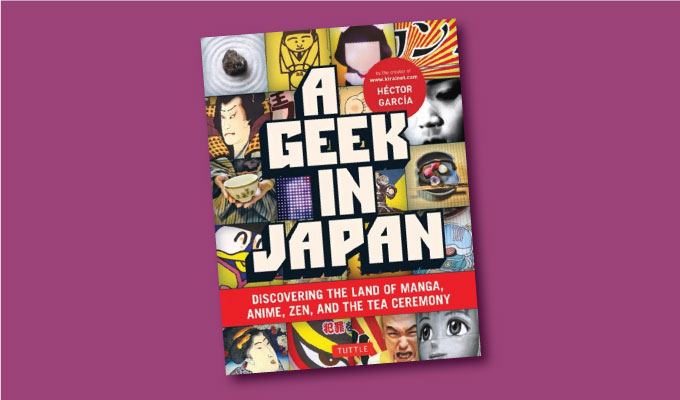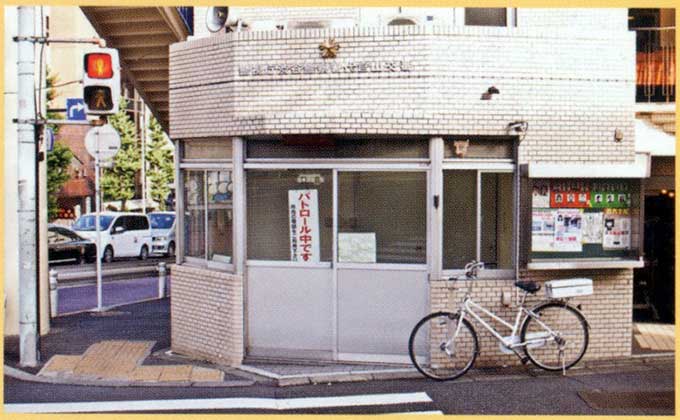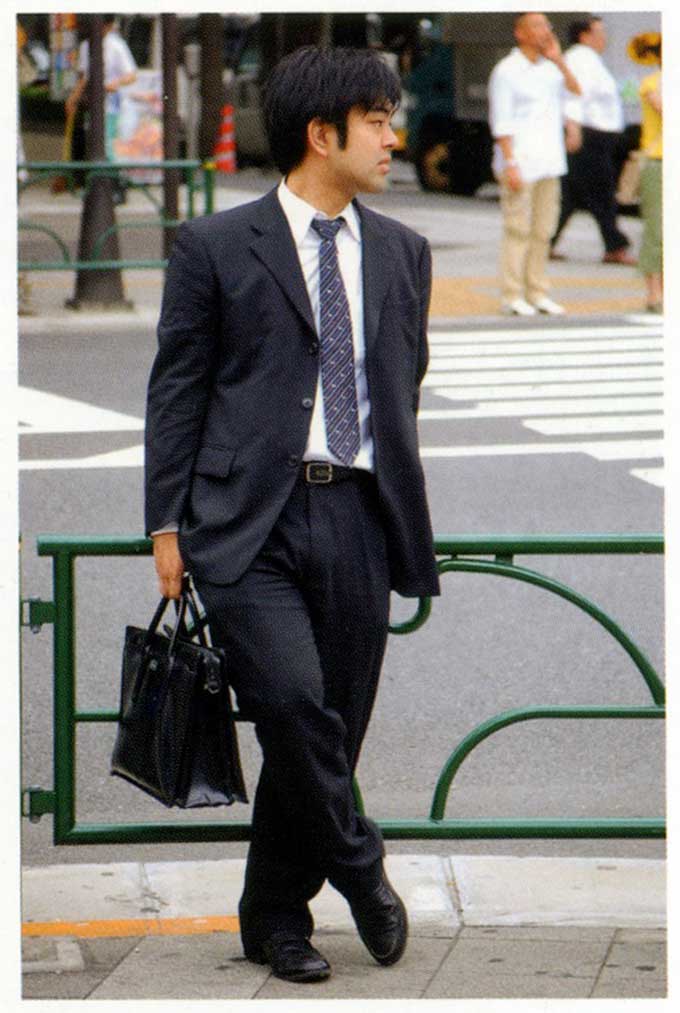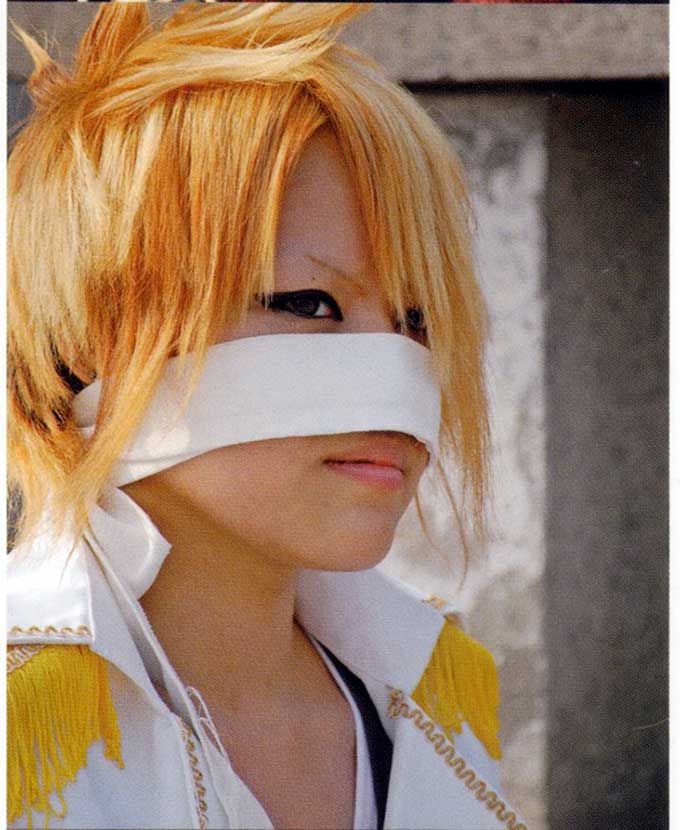A Geek in Japan and A Geek in Korea

Best subculture guides
In the futuristic cities of Asia a geeky subculture is bubbling up. They are breeding manga, K-Pop music, small robots, anime, martial arts, soap operas, high-speed bullet trains, weird food rituals, tattoos, cosplay, video games olympics, incubators, and more — all propelled by the intensely urban life of billions of young people. If diving into these subcultures is your idea of travel, then this set of guides will help interpret what’s going on. These are not so much travel guides per se, but more likes cultural guides — what are those plastic statues outside of stores, and who are those kids with deep artificial tans? Far more than any other cultural guides I’ve seen these focus on the modern, urban, subcultural aspects of these ancient places.
The series began with A Geek in Japan, which is still the best one; I highly recommend it for newbies to Japan; this material won’t be covered in the usual guidebooks. And A Geek in Korea is helpful, too, because there’s a lot happening in global geek culture there, somewhat off the radar. Two others in the series, A Geek in China, and A Geek in Thailand, are less successful because there is less geekery happening in those countries; but they might be helpful for introducing the general culture to first-time visitors.
06/27/17Excerpt
*
Safety in Japan
Why is there so little crime?
A low crime rate doesn’t mean that everything isn’t well monitored and that there aren’t policemen everything. What strikes you is the number of small koban (police buildings) secreted everywhere in the country. In every koban there are two or three cops ready in case you need them. The truth is, they don’t have much serious work to do, and they are almost always giving directions to passersby in the area. If you get lost walking around Osaka or Tokyo, one of the simplest ways to get back on track is to go to a koban for help.

This is a typical koban, very easy to recognize because they have the same logo all over the country.
*
Life of a Salaryman
In the rigid structure of Japanese business, the only way to climb to the corporate ladder is to spend many years at the same company. By the same token, if you change companies, you have to start out again at the bottom—which is why people don’t change jobs often. Salarymen wake up around eight o’clock in the morning, have breakfast, put on their suits, take up their briefcases, and get on the train for a commute of approximately an hour. They work, have lunch with their coworkers, and usually work overtime, arriving home very late at night. Often, before going home, they will go out for a drink with their workmates and pass the time at an izakaya.

A good salaryman is always in a suit and carries his inseparable briefcase.
*
Ganjuro
They look very much like kogals but are somewhat different in their tastes. The ganguro are a minority tribe with a look inspired by the very dark-tanned girls from California. They usually listen to R&B and American pop music, and they generally like American culture. This minority tribe basically gathers around Shibuya and Harajuku. These days, you don’t see as many ganguro as you did at the turn of the century. However, as their legacy they have left behind a style of dance called Para Para, which has become very popular among young people in Tokyo and Osaka. If you want to see the Para Para dance, I recommend you go to the Womb nightclub in Shibuya or Ageha Hall, the two largest nightclubs in Tokyo.
*
Visual Kei
Visual kei bands are characterized by their use of over-the-top costumes and special effects onstage to maximize their impact on audiences at their concerts. Fans copy their idols’ clothes, while at the same time the performers have evolved, following trends in pop culture. Lately, visual kei’s costumes have gotten very close to the clothes of characters in Japanese role-playing video games, and they sometimes merge with cosplay world. If you want to see the young people of this urban tribe, in Tokyo they usually congregate on the bridge over the railroad tracks at Harajuku Station on Sundays, a little after lunchtime.
*
Publishing cycles and formats
Mangazasshi — Thick magazines printed on cheap paper that contain approximately 20 stories of about 20 to 30 pages each. Their low prices help them to be consumed as if they were newspapers. The difference is that, for mangazasshi, there is a second-hand market, because people discard them and others with little money pick them up and resell them. The most popular mangazasshi is Weekly Shonen Jump.
Tankobon — Compiled volumes of only one series in about 200 pages. This is the real meat of the business, where publishing companies make money.
Bunkbon — Similar to tankobon but smaller. They would be the paperback version. Only the most successful series come out in bunkobon.
Other formats — There are other manga formats for special editions and collector’s editions, as well as really inexpensive volumes sold in 24-hour convenience stores.
*
Shinjuku
If you were to compare New York City to Tokyo, Shinjuku would be Manhattan. It’s the district with the most skyscrapers and neon signage in the city. It’s a must if you want to feel transported to the setting of a Ridley Scott movie or to one of the cities in Ghost in the Shell. Shinjuku often appears in movies, manga and anime. Some examples would: Lost in Translation, Death Note, Tokyo Tribe, Wasabi and Tokyo Drift. One of the most impressive things in Shinjuku is its train station—the largest and busiest in the world. An average of three million people use it every day, and it has more than two hundred exits.
A Geek in Japan ($13)
By Hector Garcia
2012, 160 pages
International Amazon link
A Geek in Korea ($13)
By Daniel Tudor
2014, 160 pages
International Amazon link









